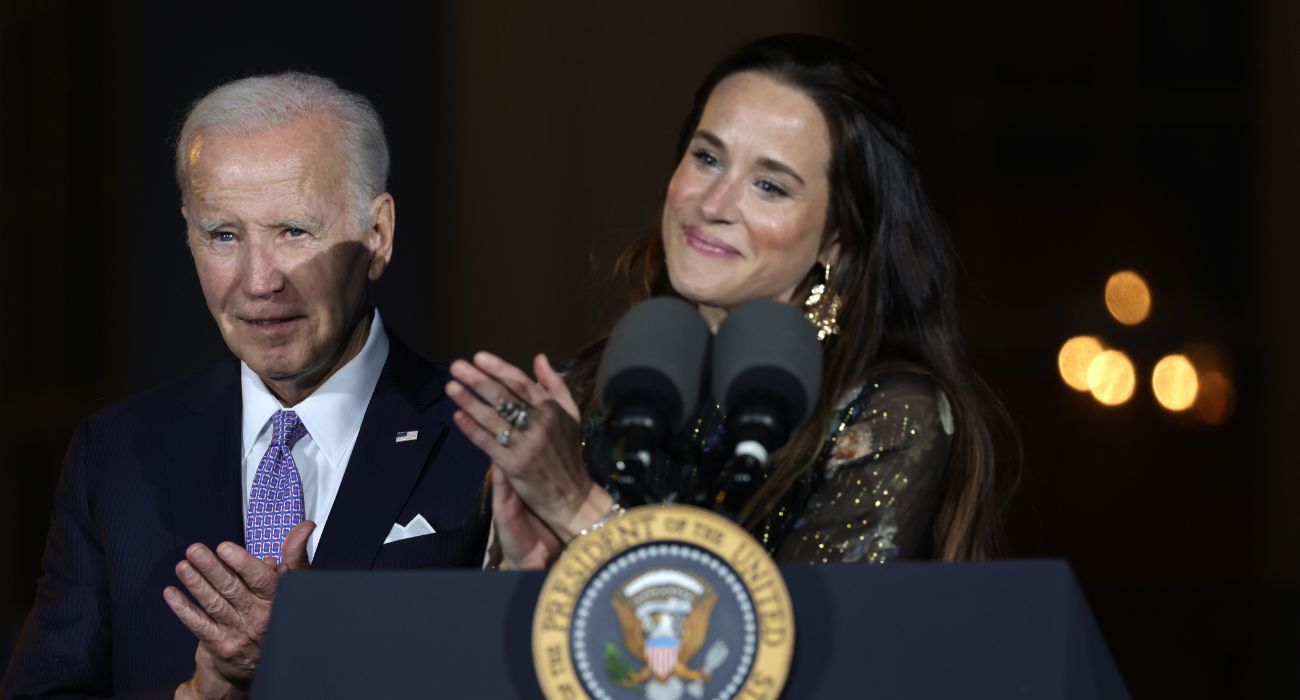U.S. Customs and Border Patrol (CBP) seized roughly $900,000 worth of methamphetamine disguised as candy at the U.S.-Mexico border.
Officers at the Hidalgo International Bridge stopped and inspected a white Mercedes-Benz transport van entering the U.S. from Mexico on April 20. Agents found 110 packages of candy wrappers that concealed roughly 13 pounds of crystal meth.
Agents also seized 12 containers of canned goods that concealed almost 90 pounds of liquid meth.
Port of Hidalgo Director Carlos Rodriguez hailed the seizure and said the agents kept the deadly drugs off American streets.
“These harmful narcotics will not make it to American streets thanks to our CBP officers who used their intuition and all our available tools and resources to stop this smuggling attempt,” Rodriguez said.
The case has now been referred to special agents with Homeland Security Investigations, who are conducting a criminal investigation.
Illegally trafficked drugs continue to harm American citizens. According to the CBP’s drug seizure dashboard’s latest data, seizures on the southern border were up roughly 25% for the month when compared to March of last year.
Illegal drugs disguised as candy have worried public authorities for several years. The Drug Enforcement Agency (DEA) issued a press release last August warning Americans that drug cartels manufacture brightly colored, candy-like fentanyl to market the deadly drug to children and young people.
DEA Administrator Anne Milgram said the DEA’s work to stop the terrifying new drug trend is relentless.
“Rainbow fentanyl — fentanyl pills and powder that come in a variety of bright colors, shapes, and sizes — is a deliberate effort by drug traffickers to drive addiction amongst kids and young adults. The men and women of the DEA are relentlessly working to stop the trafficking of rainbow fentanyl and defeat the Mexican drug cartels that are responsible for the vast majority of the fentanyl that is being trafficked in the United States,” Milgram said, per the DEA press release.
According to the Dallas Police Department’s crime analytics dashboard, drug and narcotic violations are up about 6.6% year over year as of April 24 in the City of Dallas.






